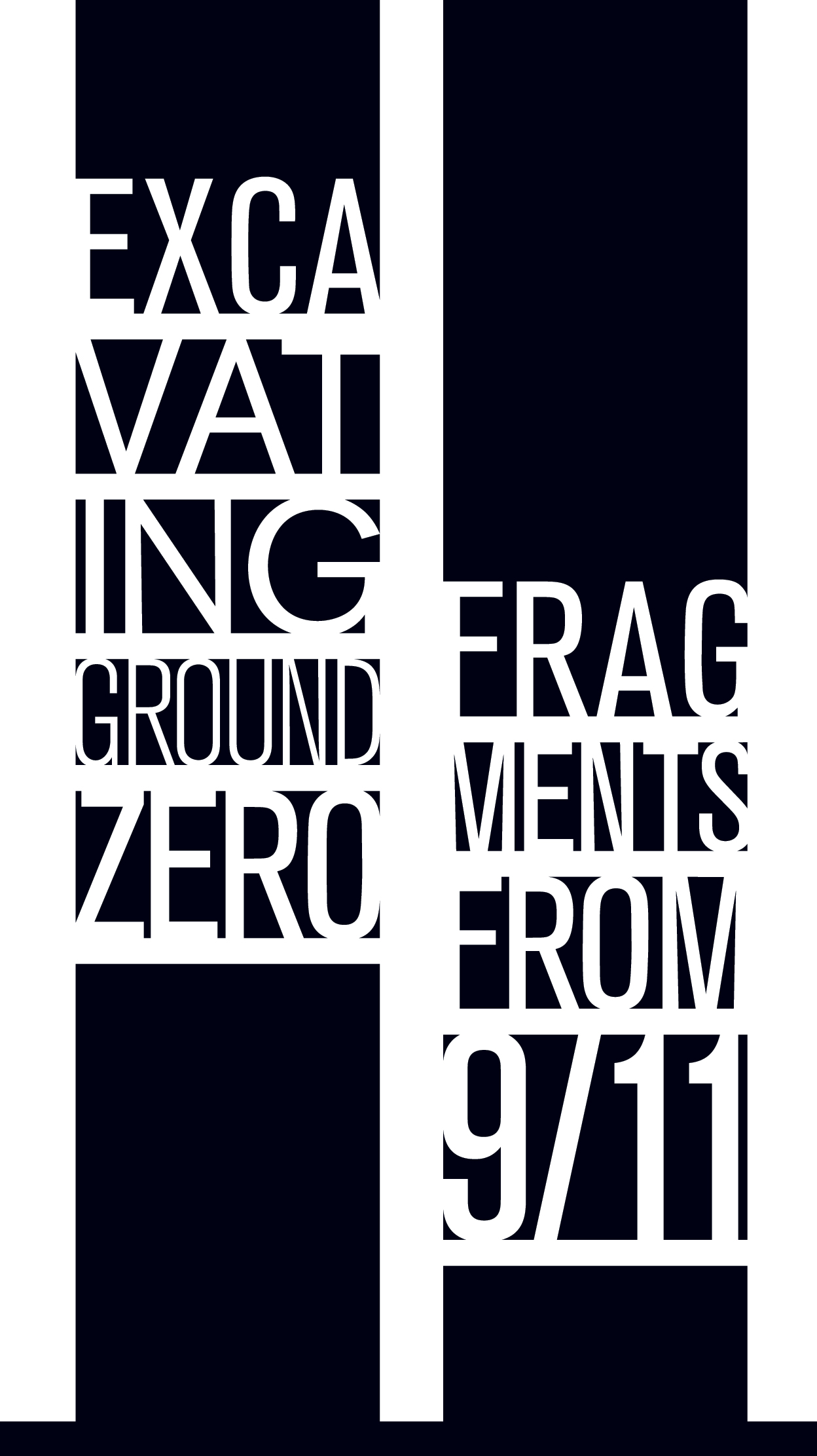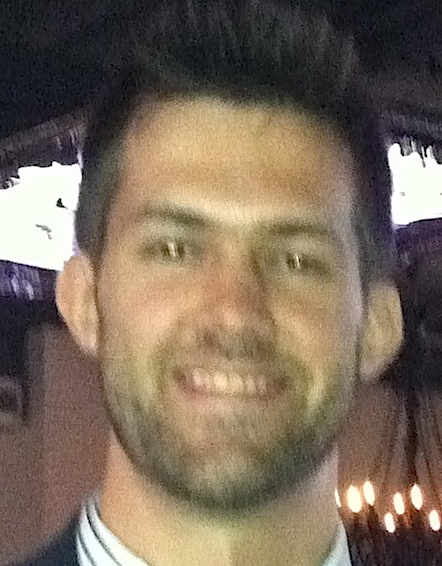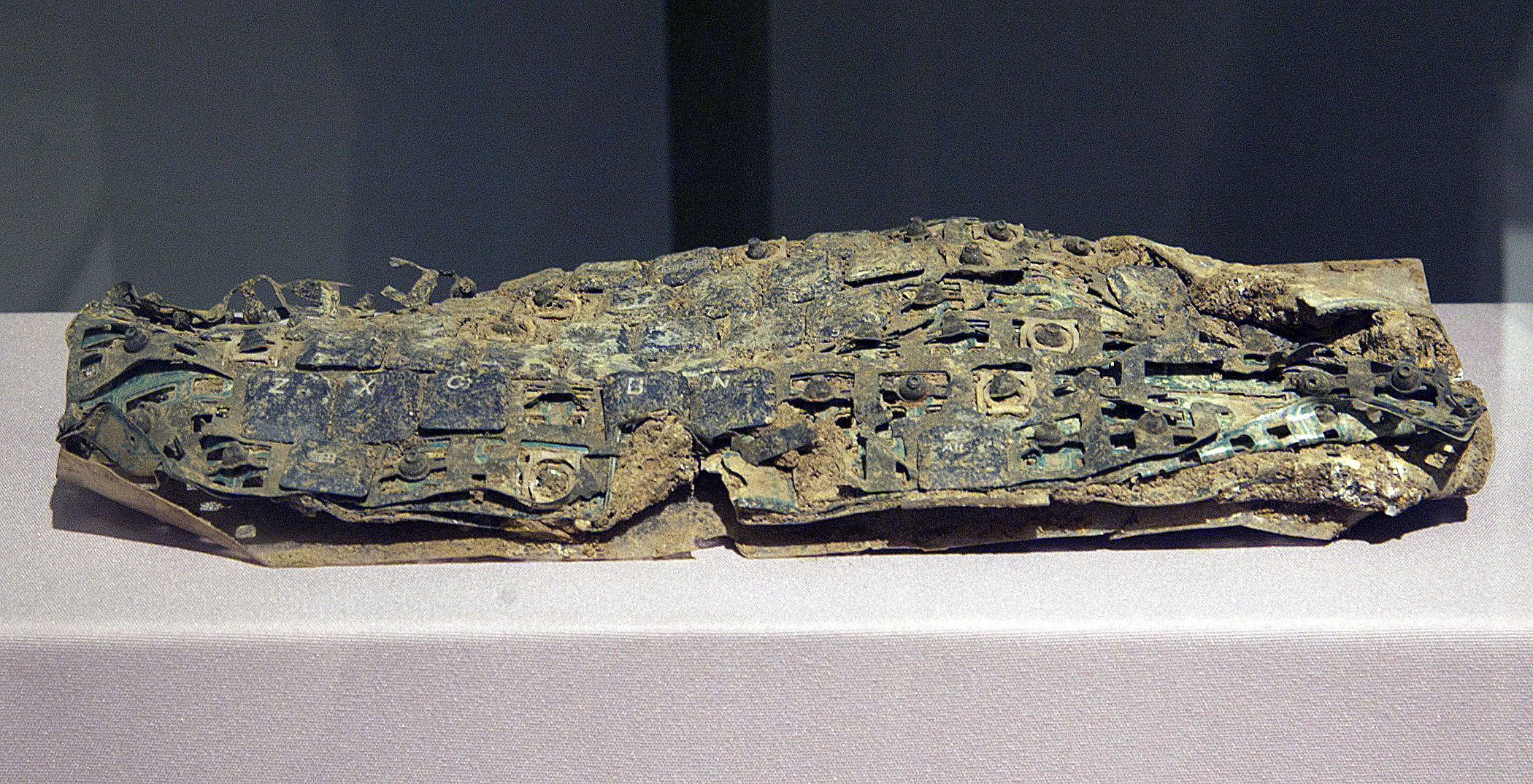
 BY ALEXANDER POTTER To mark the 10th anniversary of the September 11th terrorist attacks, The University of Pennsylvania Museum of Archaeology and Anthropology is hosting a special exhibit of ground zero artifacts — a broken pair of eyeglasses, smoke-damaged visitor badges, a partially melted keyboard — entitled EXCAVATING GROUND ZERO: FRAGMENTS FROM 9/11. The 15 items are on loan from the National September 11 Memorial Museum at the World Trade Center and will be on display at the Museum of Archaeology and Anthropology through November 6th.
BY ALEXANDER POTTER To mark the 10th anniversary of the September 11th terrorist attacks, The University of Pennsylvania Museum of Archaeology and Anthropology is hosting a special exhibit of ground zero artifacts — a broken pair of eyeglasses, smoke-damaged visitor badges, a partially melted keyboard — entitled EXCAVATING GROUND ZERO: FRAGMENTS FROM 9/11. The 15 items are on loan from the National September 11 Memorial Museum at the World Trade Center and will be on display at the Museum of Archaeology and Anthropology through November 6th.
Contextualized by the proximity of ancient artifacts in the adjacent, permanent exhibits at the Penn Museum, the excavated 9/11 materials look like they were retrieved from the ruins of an extinct civilization or a modern Pompeii. A pair of eyeglass frames severed in two. Charred visitor badges. A half-melted keyboard [pictured below] screams in mute agony from its perch. One can only imagine what went through the mind of the person clacking away at it in the final nanoseconds of his or her life, right before a 747 crashed into their office at 500 miles per hour. A moving slideshow that lasts several minutes features dozens of stirring photographs—some familiar and some not—of one the world’s largest cities mortally wounded and smothered in ash. Several of the pictures are of exhausted, anguished firemen with their heads in their hands, and another features a few hoisting an American flag as if they’d just finished fighting the toughest battle of their lives. There are also a few charts explaining in detail how the buildings were attacked and later crushed to dust. It’s a small but intimate memorial to the 2992 people (including hijackers) who died that terrible day. In one corner of the gallery, there is a list of several members of the University of Pennsylvania community who perished.
As with the Kennedy assassination, everybody remembers where they were that day when they heard the terrible news. As such, visitors are encouraged to share their own memories of that day in the form of handwritten notes that can be affixed to a dedicated display area. My own story goes like this: At the time, I was a freshman in my third week of college in Washington, D.C. At the beginning of my 9:30 a.m. English class, my professor asked us what we knew about a plane crashing into the World Trade Center. I had woken up ten minutes before class and hadn’t the foggiest idea about a plane hitting the tower at 8:46. A few students remarked that it was quite a spectacle, but nobody had any clue whether or not it was an accident, and we still didn’t until class ended an hour and a half later. When I got back to my dorm, there were clusters of people crowded around the half-dozen TVs in the lobby covering their mouths in confusion and horror as they watched CNN. It was impossible to get a clear understanding of what exactly was happening. It was then that I learned that the Pentagon, which was a very short distance from campus, had also been hit. I tried to reach my family but all the cell phone networks were jammed. Eventually, it dawned on me to email them just to tell them I was OK. Two guys I didn’t even know started going around trying to rally people to go with them to the Pentagon to lend a hand. I joined them.
Looking back, I realize that this was very foolish. Outside, you could hear a pin drop. The streets were empty because everyone else was either locked away inside or had long since evacuated the nation’s capital. We took the Metro to Arlington, which was as close to the Pentagon as we could get and had to walk the rest of the way. An immense, unending trail of smoke flowed skyward from an out-of-sight source. We were stopped a few thousand yards short of the Pentagon by some cops, and looked on in jaw-dropped awe at the ominous black clouds billowing up from the ground like a volcano. It was at right about this moment that we realized this thing was way bigger than we imagined, and we were in way over our heads. It was a realization that would take me, and for that matter the country itself, at least a decade to fully comprehend.

